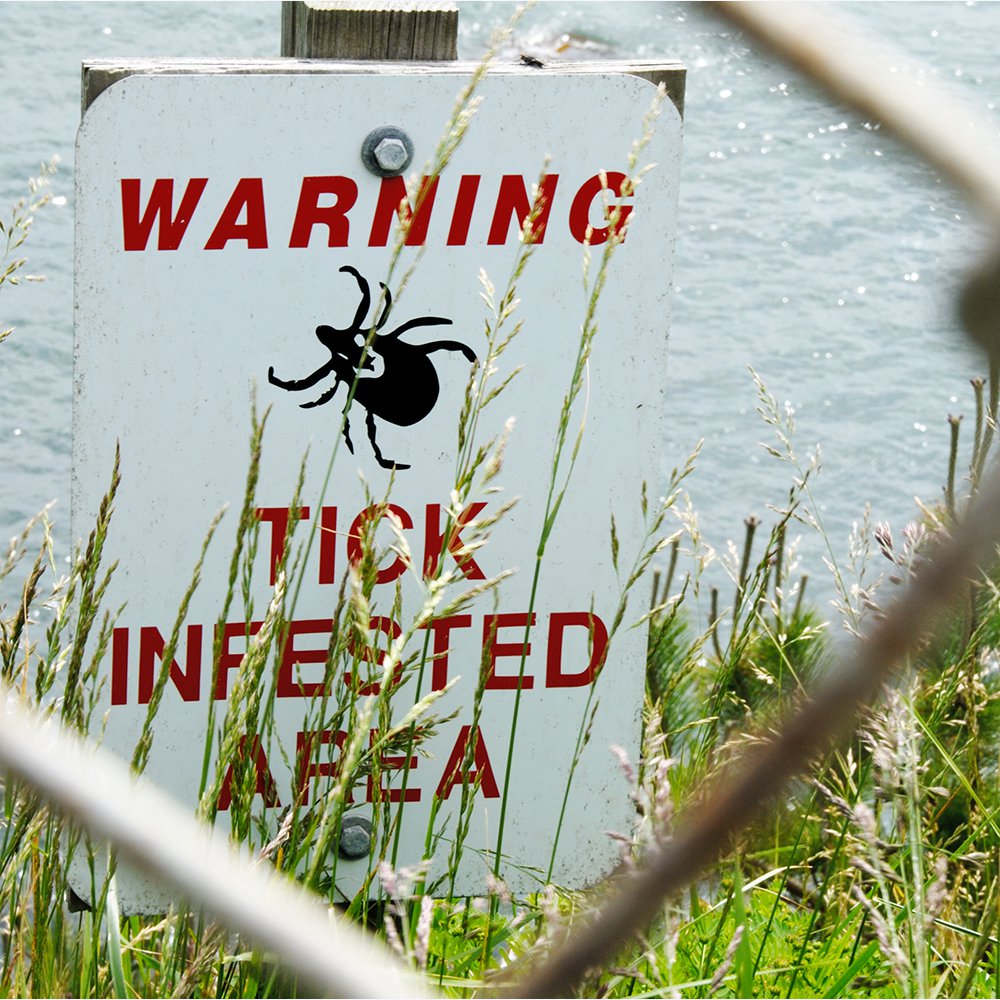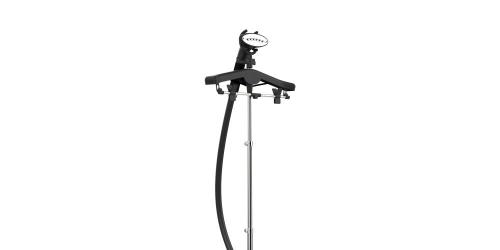What is a tick?
You sometimes find yourself with a small brown ball or a little beige that looks like a mole on the leg, folds (groin or armpit) .... Except that its sudden appearance requires to look more closely: it is a small beast of parasitic type, which clings with its head (its rostrum) and pumps the blood of its host before falling. It is often found on animals (cows of course but also cats and dogs that bring fleas and ticks from their walks) but we can just as easily catch them.
The right gesture to remove a tick
It is better to be equipped with a pull-tick : it is a small hook that one finds in pharmacy, parapharmacie and large surfaces of which one passes the bent end under the head of the tick . Then we turn as if we wanted to unscrew the tick and it ticks off by itself. It's easy and painless. You can use a tweezers, but be careful not to crush the beast , and the same rotation must be done to unhook it. It is then advised to get rid of the tick without any chance of return: one does not put it on the edge of the window. We throw it in the toilet and we flush the toilet, we crush it (not with the finger), we burn it ...
What you should not do to remove a tick
- we do not tear the tick
- the ether is avoided to lull the tick
- alcohol is not used to remove the tick
- you forget the dishwashing liquid to slide the tick
Even if some of these actions have been practiced, especially in the countryside, it is now known that they all promote the risk of infection transmitted by the tick .
Why is it bad to catch a tick?
Besides the fact that it is unsightly, the tick can transmit a disease: Lyme disease that can reach the articular and neurological system (one can finish paralyzed). There are about 27,000 new cases per year of Lyme disease. So all the ticks do not transmit Lyme disease: first of all, it must have contracted a bacterium, the borrelia , on a beast before clinging to our skin. When you have a tick, you have to remove it as quickly as the more it stays hooked the more the risks of being contaminated by the borrelia increase.


